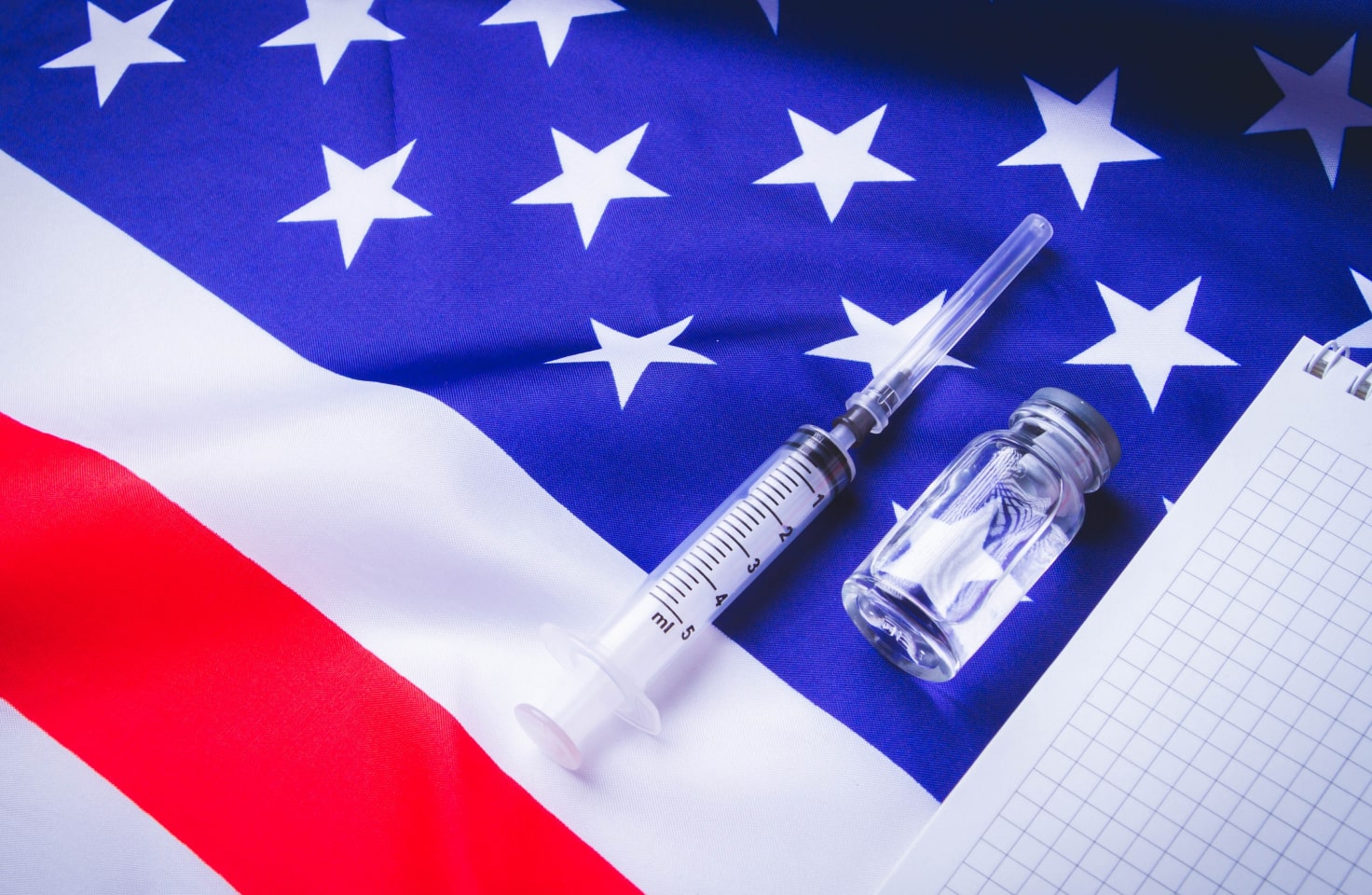T1D Guide
T1D Strong News
Personal Stories
Resources
T1D Misdiagnosis
T1D Early Detection
Research/Clinical Trials
8 Surprising Things (besides carbs!) That Raise Your Blood Sugar
You’ve calculated your carbs to a tee and taken a relaxing walk after dinner, but no matter what you do, your blood sugar levels are through the roof—stuck at a constant high.

For individuals living with type 1 diabetes (T1D), this is a phenomenon we’ve all most likely experienced. While counting your carbs and ensuring you have the accurate insulin dosage ratio to maintain a steady blood sugar level, it's easy to forget that sugary foods are not the only things that can cause a blood sugar spike.
While carbohydrates (or glucose) are the primary cause of blood sugar spikes, various factors can raise blood sugars that have nothing to do with the amount of carbohydrates in your meal.
8 Surprising Things that Raise Blood Sugar - Beyond Carbs
Here, we break down a few activities and circumstances that can spike blood sugar − outside of carbs.
1 − Adrenaline
While adrenaline is often reserved for roller coaster rides or scary movies these days, the stress hormone epinephrine is actually designed around the body’s stress system and focuses on self-preservation. Your body releases adrenaline when it believes it is in danger, giving it extra energy for survival.

Adrenaline can stimulate the liver to release short bursts of glucose to produce extra energy for the body to use in times of stress. While this may help those running from bears or escaping dangerous situations, for individuals with type 1 diabetes, adrenaline in everyday life can make your blood sugar rise without the use of carbohydrates.
2 − Anaerobic Exercise
While long walks, runs, or swims can lower blood sugar, exercise that is higher in intensity, also known as anaerobic exercise, can raise blood sugar due to the increase of adrenaline when doing these exercises. Anaerobic exercises can look like the following:
- Weight lifting
- Sprinting
- High-intensity interval training (HIIT)
- Wrestling
- Jumping rope
While these forms of exercise are perfectly safe for individuals with T1D, it is important to note that these types of workouts will not have the same low blood sugar or hypoglycemic effect as other aerobic exercises such as running, hiking or swimming will have on the body.

3 − Dawn Phenomenon
High blood sugar in the early morning hours, usually between 4 a.m. and 8 a.m., is known colloquially as the dawn phenomenon and can occur in people with type 1 diabetes. While the true reasons for this phenomenon are not totally understood, scientists believe the raised blood glucose levels may be caused by hormones released during sleep. This natural rise in hormones signals the liver to release glucose into the bloodstream, affecting blood sugar control.
Whatever the reason, high blood sugar readings in the mornings are normal experiences for people living with T1D. While it may be frustrating to start your day with an unexpected high, knowing that it is a natural phenomenon can help mitigate anxiety over the situation. A correction dose with your morning meal or when you wake up may help lower the raised blood sugar throughout the morning. Speak with your diabetes care team if the problem persists.
4 − Menstruation
For those assigned female at birth (AFAB), menstruation or getting your period can affect and even raise blood sugar levels. About four to five days before menstruation, the hormone progesterone increases in the body as the uterus prepares for a fertilized egg.
Doctors believe this hormone is the reason for an increase in blood glucose before menstruation, as higher progesterone can increase insulin resistance in the body, leading to higher blood sugar levels. According to the Mayo Clinic, menstrual periods cause hormonal changes that affect glucose control. The best way to uncover patterns is through regular blood sugar testing.
5 − Birth Control
Certain hormonal contraceptives can cause small raises in blood sugar in AFAB T1D individuals as the hormones in the contraceptives can affect insulin sensitivity. In a study done by the National Institutes of Health (NIH), the hormone progesterone — often used in contraceptives to prevent pregnancies — has been linked to insulin resistance. Like what occurs during menstruation, the increase in progesterone can raise the blood glucose levels in individuals taking these contraceptives.
6 − Stress
Maybe you have three finals due by the end of the week. Maybe it's wedding season, and the planning isn't going to do itself. Maybe you're stepping into the interview for your dream job with your hands shaking and your heart racing. Whatever the reason, humans are bound to experience stress at some point in their lives. For people with T1D, stress can raise blood sugar.

Stress can release the hormone adrenaline (which we covered) but it can also release the stress hormone cortisol, another hormone related to stress. Cortisol is related to the body’s fight or flight system and can raise blood sugar by activating glucose stored in the liver. While we can differentiate the dangers between a charging wild animal and the stress of planning a wedding, our body cannot, and so cortisol releases glucose to prepare the body for flight or fight despite the body not requiring it.
For most T1Ds, anxiety or stress can lead to higher blood sugar. Stress is nearly unavoidable in everyday life, so behaviors such as meditation, yoga, or time away from stressful situations can help mitigate stress and help prevent higher blood sugar levels.
7 − Sickness
Like stress, sickness such as the flu or even the common cold is something we will all experience at some point in our lives. For people living with type 1 diabetes, there is the added element of blood sugar regulation to keep in mind when battling various illnesses.

As the immune system fights off an illness, glucose is released into the bloodstream. This is done by the stress hormones adrenaline and cortisol mentioned above; as the body expends extra energy, glucose is released into the bloodstream. This is done by the stress hormones adrenaline and cortisol to fight off an illness.
However, it is important to note that certain elements of sickness, like vomiting or diarrhea, can lower blood sugar as the body cannot absorb the food's nutrients before they are expelled. Keeping a close eye on your blood sugar level when sick is necessary to tackle the illness while keeping your body safe. Also, it's imperative to be aware of added health problems like diabetic ketoacidosis (DKA). Illnesses may place T1Ds at a higher risk for long term complications if blood sugars are consistently higher than recommended.
8 − Protein
An American Diabetes Association (ADA) 2013 study found that in children with type 1 diabetes, the presence of high amounts of fat and protein in a meal contributed to higher blood sugar following eating. Additionally, research published in 2020 by Diabetes UK found that high-protein meals required 30% more insulin to prevent post-meal hyperglycemia.

Recognizing how certain foods, carbohydrates or not, impact your blood sugar levels can be helpful in managing hyperglycemia. If you notice that your blood sugar rises after eating protein but not carbohydrates or increases when eating large amounts of protein in a meal, this might be why.
Final Thoughts
Like most things in life, diabetes is not black and white. While carbohydrates and glucose are the main reasons an individual with diabetes will see spikes in blood sugar, these additional factors can contribute to diabetes management without you necessarily realizing the significance.
At the end of the day, recognizing your body’s patterns and lifestyle habits can help address how your blood sugar may rise.


.webp)





.webp)
.jpg)
.jpeg)
.jpg)
.webp)
.jpg)
.jpg)
.jpg)



.jpg)

.jpg)

.jpg)



.jpg)
.jpg)
.jpg)

.jpg)

.jpg)














.jpg)


.jpg)



















.webp)




















.webp)








.jpg)




.jpg)
















.webp)